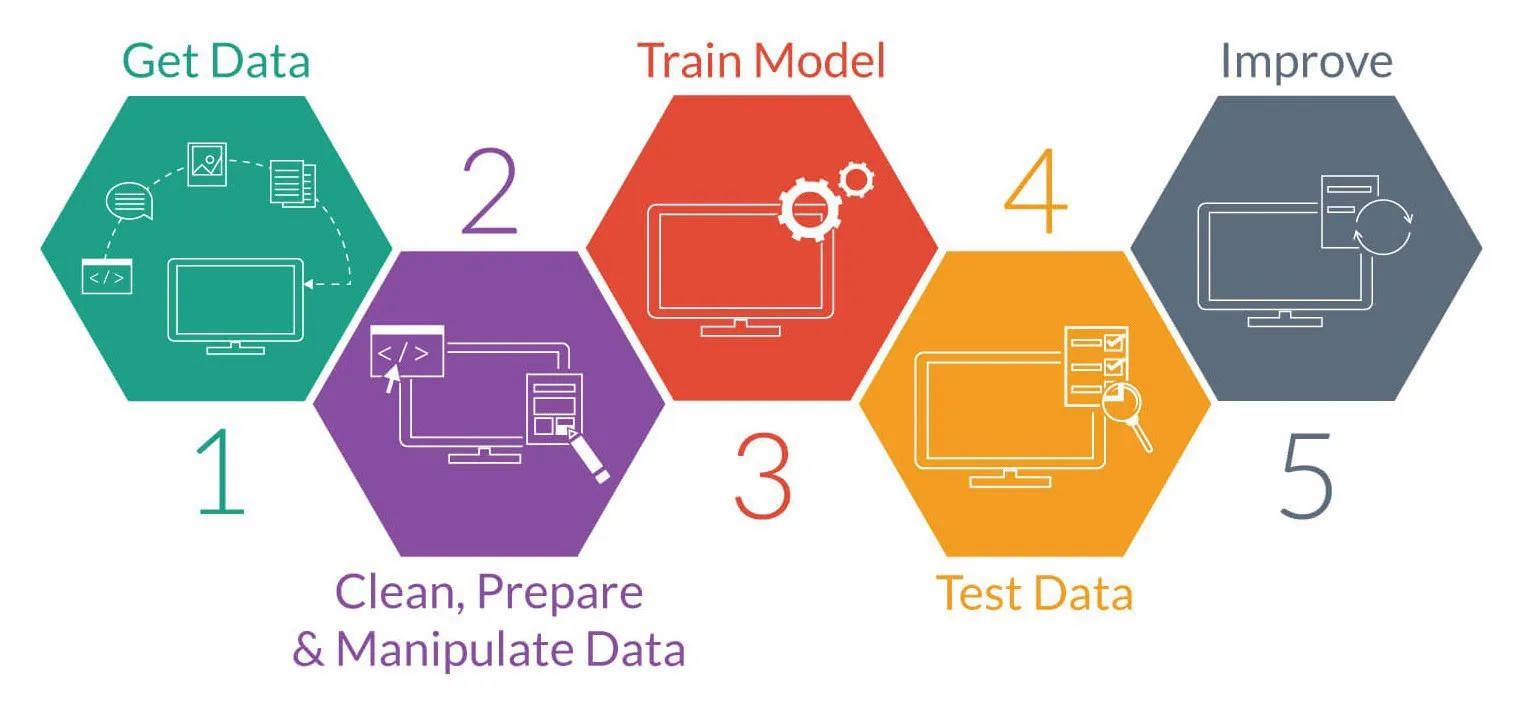Machine learning elevates the importance of people using the data. More data enables more automation, which requires more leadership.
Use more data, need more leadership.
In a pyramid-shaped hierarchy, each function is a pillar — each team is independent; its people collaborating to produce analyses that shape decisions at the top.
This pillar management structure only works if machine-assisted companies democratize their data. For people in a machine-assisted company to get the most out of each others’ insights, everybody must be able to access both the raw data and the actionable insights.
More importantly, after accessing the data, every team must be able to act independently on the insights it provides. Having to report up the chain of command means wasting time and allowing valuable insights to stagnate and become irrelevant. So having a team leader who understands how to read the data is vital.
Asking the right questions
Independence is crucial. But this independence doesn’t mean doing away with hierarchy altogether. While democratized data is essential, democracies still have leaders.
Quite on the contrary, schools teach how to answer questions. But machine-assisted companies require the leadership skill to navigate the ambiguous framing of questions: new, complex skill.
A machine-assisted company still needs industry veterans at the top of the management structure. Their role is to make experience- and intuition-based qualitative decisions about the organization’s values and overall direction.
These decisions determine how people in the organization use the data. They decide which data to feed the machine learning software, which patterns the software should look for, and which insights they want out of it.
#data #data-science #business-science #management #artificial-intelligence
